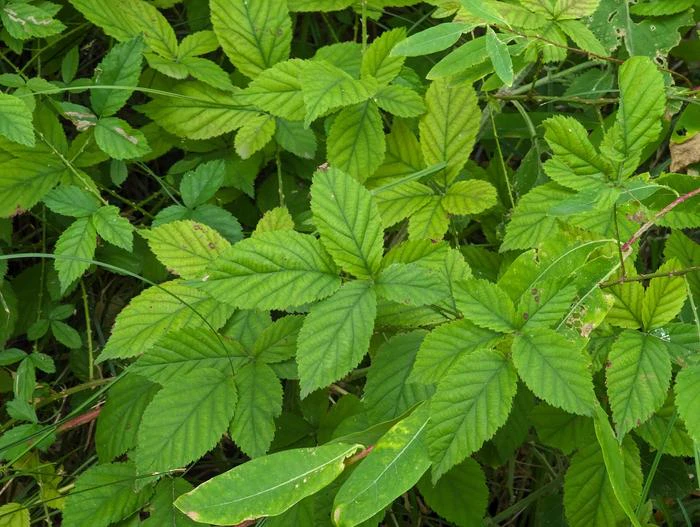Arizona Dewberry
(Rubus arizonensis)
Arizona Dewberry (Rubus arizonensis)
/
/

Rachel Stringham
CC BY 4.0
Image By:
Rachel Stringham
Recorded By:
Copyright:
CC BY 4.0
Copyright Notice:
Photo by: Rachel Stringham | License Type: CC BY 4.0 | License URL: http://creativecommons.org/licenses/by/4.0/ | Occurence ID: https://www.gbif.org/occurrence/4516735265 | Publisher: Inaturalist |






Estimated Native Range
Climate Requirements for Bentonville, Arkansas
| This Plant | Your Site | Plant Suitability for Your Location | ||
|---|---|---|---|---|
| • Precipitation | 9" - 30" | 46" | Aquatic | Aquatic |
| • High Temp. | 72°F - 108°F | 90°F | Your summer temperatures are normal for this plant. | Excellent |
| • Low Temp. | 11°F - 46°F | 23°F | Your winter temperatures are normal for this plant | Excellent |
This plant may not grow well at your location - your precipitation is too high.
Summary
Rubus arizonensis, commonly known as Arizona Dewberry, is a deciduous subshrub native to the southwestern United States and northern Mexico, particularly found in riparian zones, chaparral, and pine-oak woodlands. It typically grows to a height of 4-6 feet (1.2-1.8 meters) and a width of 6-8 feet (1.8-2.4 meters), with sprawling, thorny branches. The plant produces white flowers in the spring and early summer that are moderately showy, followed by edible red to blackberries that are attractive to wildlife.
Arizona Dewberry is valued for its fruit, which can be used in jams, jellies, and pies, and for its wildlife-friendly attributes, providing food for birds and other animals. It is suitable for naturalistic plantings in wild gardens and can stabilize soil in erosion-prone areas. In cultivation, it prefers part shade but can tolerate full sun in cooler climates. It requires medium to high amounts of water and well-drained soil. While it is not commonly afflicted by serious pests or diseases, it can spread aggressively via runners, which may require management in a garden setting.CC BY-SA 4.0
Arizona Dewberry is valued for its fruit, which can be used in jams, jellies, and pies, and for its wildlife-friendly attributes, providing food for birds and other animals. It is suitable for naturalistic plantings in wild gardens and can stabilize soil in erosion-prone areas. In cultivation, it prefers part shade but can tolerate full sun in cooler climates. It requires medium to high amounts of water and well-drained soil. While it is not commonly afflicted by serious pests or diseases, it can spread aggressively via runners, which may require management in a garden setting.CC BY-SA 4.0
Plant Description
- Plant Type: Subshrub
- Height: 4-6 feet
- Width: 6-8 feet
- Growth Rate: Moderate
- Flower Color: White
- Flowering Season: Spring, Summer
- Leaf Retention: Deciduous
Growth Requirements
- Sun: Part Shade
- Water: Medium, High
- Drainage: Medium, Fast
Common Uses
Bee Garden, Bird Garden, Butterfly Garden, Hummingbird Garden, Low Maintenance
Natural Habitat
Native to riparian zones, chaparral, and pine-oak woodlands in the southwestern United States and northern Mexico
Other Names
Common Names: Arizona Blackberry
Scientific Names: Rubus arizonensis
GBIF Accepted Name: Rubus arizonensis Focke